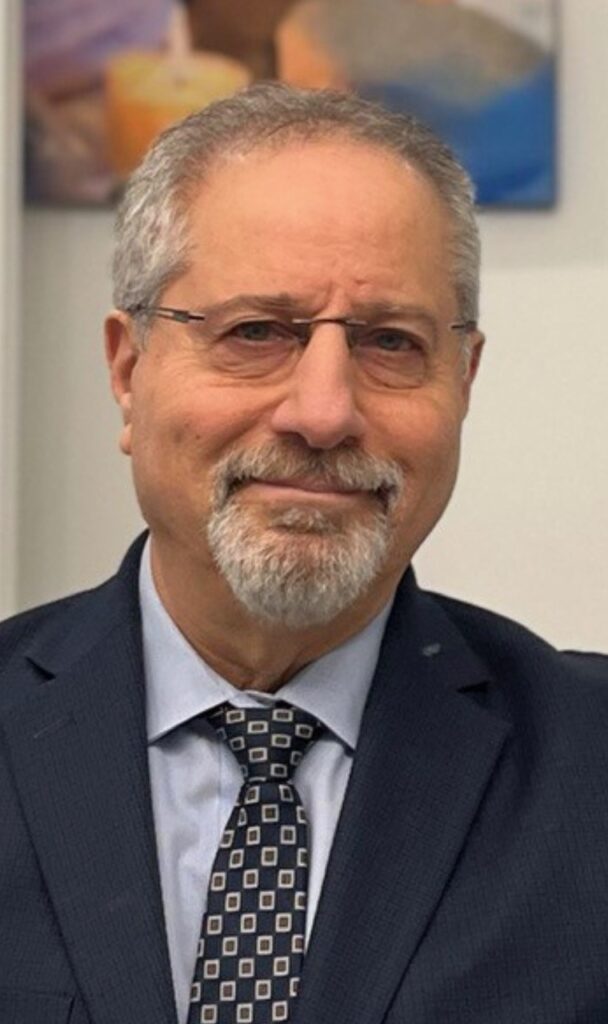
Frederic Barnett, DMD, FIADT, FACD, FICD
Dr. Barnett received his DMD degree in 1978 and his Certificate in Endodontics in 1981, both
from the University of Pennsylvania, School of Dental Medicine. He received his Board
Certification in Endodontics in 1988, has served as the Director of Postdoctoral Endodontics at the University of Pennsylvania, and is currently the Chairman and Program Director of the IB Bender Postdoctoral Endodontic Program at Albert Einstein Medical Center in Philadelphia. Dr. Barnett has written numerous scientific and clinical papers and has lectured nationally and internationally on the Treatment of Endodontic Infections, Revascularization, Dental Trauma, Root Resorption and Contemporary Endodontic Treatment, including lasers and multisonic irrigation. Dr. Barnett is a Fellow of the International Association of Dental Traumatology, the International College of Dentists, the American College of Dentists, and received an Associate Fellowship from WCLI Laser Institute in 2024. He received the Edward M. Osetek Educator Award in 2017 from the AAE and the 2018 Community Service Award from the Philadelphia Business Journal for providing endodontic services for the homeless in Philadelphia. He currently serves on the Advisory Board of the Dental Traumatology Journal, is a Director of the International Association of Dental Traumatology and a former Associate Editor of the Journal of Endodontics. Dr. Barnett had been in private practice in Endodontics from 1981-2011
Lasers in Endodontics- advanced irrigation, soft & hard tissue procedures
Description: It is well known that root canal preparation does not eliminate all tissue,
microorganisms, and biofilm from the root canal system which is why irrigation with
antimicrobial agents is critical for success. Different agitation techniques have been proposed to improve the efficacy of irrigation solutions traditionally delivered by syringes, including sonic and ultrasonic devices. The use of erbium lasers has gained popularity over the past several years because of the beneficial cavitation, shock waves, shear forces and acoustic streaming effects created by that wavelength. This presentation will address the use of erbium lasers for conventional endodontic treatment as well as for soft and hard tissue procedures.
Learning Objectives: At conclusion, participants should be able to:
- Understand some basic laser physics and laser-tissue interactions.
- Understand the mechanism of action of erbium lasers and its interaction with water,
irritants, and soft and hard tissue. - Understand how the incorporation of erbium lasers will streamline endodontic treatment.
Leave a Reply